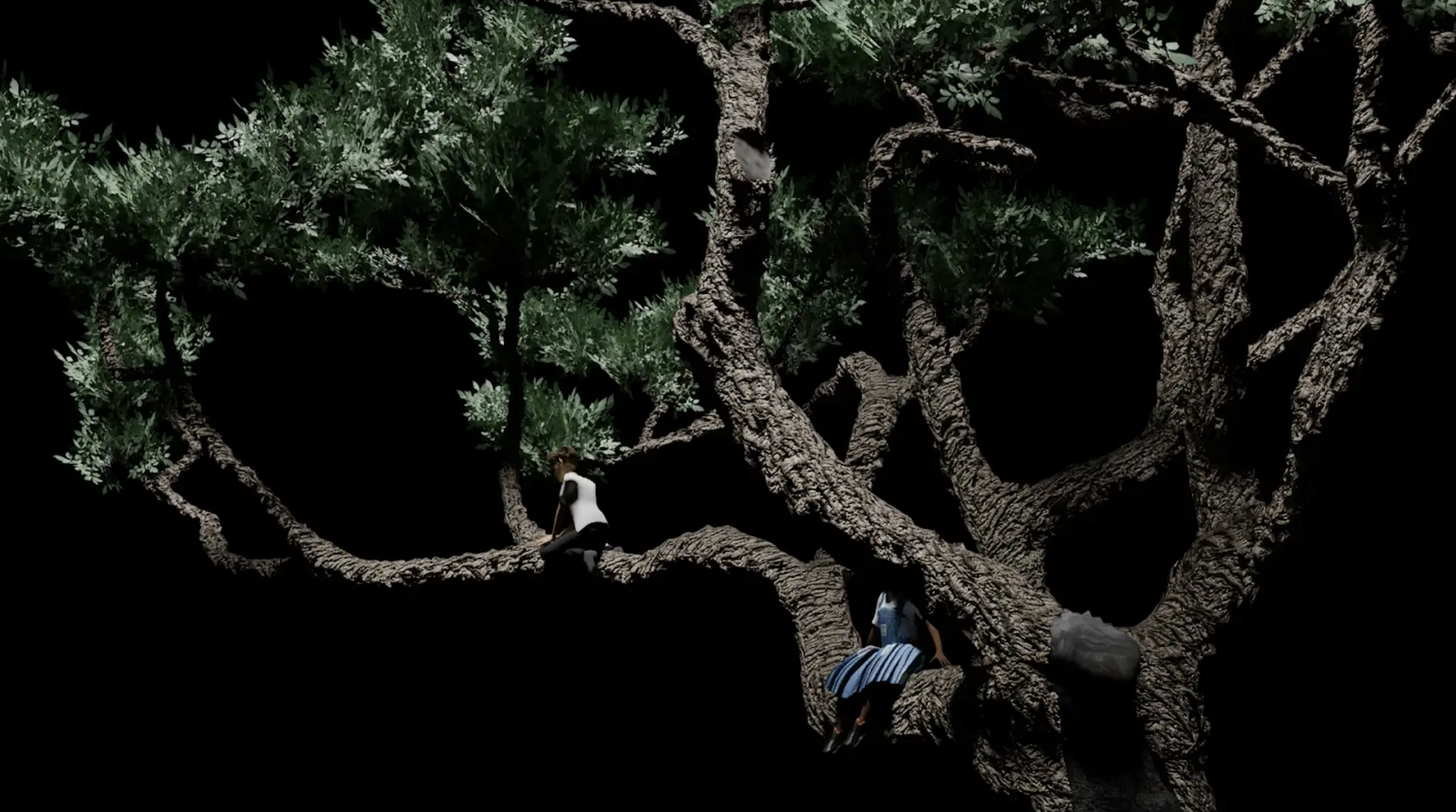
News
Summers Will Not Finish Semester of Teaching as Harvard Investigates Epstein Ties

News
Harvard College Students Report Favoring Divestment from Israel in HUA Survey

News
‘He Should Resign’: Harvard Undergrads Take Hard Line Against Summers Over Epstein Scandal

News
Harvard To Launch New Investigation Into Epstein’s Ties to Summers, Other University Affiliates

News
Harvard Students To Vote on Divestment From Israel in Inaugural HUA Election Survey
The Art of the Outside: Sonia S. Ralston on ‘Ghost Trees’
For over a century, Harvard’s Arnold Arboretum in Jamaica Plain has been a “museum of trees” and a picturesque escape from the city. Because of the Arboretum’s long and storied history, there are many trees that used to be important to the Arboretum and the city which are no longer there — like a beech tree that succumbed to beech bark disease and a cork tree named “Corky” whose limb broke when a group of schoolchildren sat on it for a photo. Other trees at the Arboretum are still alive but stand much smaller than their original grandeur, such as a crabapple tree whose stump is still somehow miraculously alive — even after the rest of the tree fell over in a recent nor’easter.
In an augmented reality exhibit called “Ghost Trees,” Sonia S. Ralston, an alum of the Harvard Graduate School of Design designed 3-D digital models of five Arboretum trees, which visitors can superimpose on the landscape behind them by scanning a QR code on their smartphones near the place where the tree used to stand. These five trees, including the beech tree “Corky” and the crabapple tree, are all culturally significant to Boston and the Arboretum.
Ralston came up with the idea in conjunction with leadership at the Arboretum.
“We came up all together with this idea of the Ghost Trees — of looking at the dead, or the deaccession, and the more euphemistic trees that were in the Arboretum,” Ralston said.
Ralston is a designer, researcher, and educator who graduated with distinction from the GSD with a master of Landscape Architecture. Going to the GSD directly after architecture school, Ralston wanted to learn how to properly engage with landscape.
“In architecture, the things that you design with are walls, or ‘permanent built objects.’ When you are designing as a landscape architect, a lot of your medium is soil and plants, and that became really interesting to me,” Ralston said.
When creating the “Ghost Trees” exhibit, Ralston used Blender, a free open-source software, to create the trees’ augmented reality representations. She balanced reference photos of the trees from the Arboretum with file-size constraints because of the need to host AR on the web instead of on an app — it is much easier to load a website than to download an app in the middle of the Arboretum.
In recent years, Ralston has focused many of her projects on plants — from “Ground Cover,” an installment at an architectural event in Romania that explored the shifting use values of plant species, to “Plants: Informational Entities Over Time,” a projected showcased at the BRIC Gallery in Brooklyn that made botanical models of plants from Pelham Bay Park’s changing plant community.
For Ralston, her interest comes from stepping back, reflecting on how plants change over time and how they represent larger questions about the environment: Why do plants grow in certain places? Why do plants die in other contexts?
“I’ve been making a lot of digital plants to show that plants are worth thinking about and worth understanding, as opposed to just looking at a plant list,” Ralston said.
By taking the time to slow down and think about plants in an artistic way outside the confines of a traditional gallery, people are able to make connections to larger experiences and problems with the environment.
“A lot of the power of art and design — you’ll hear this from all kinds of artists and designers — is the opportunity to help visualize or connect people to something that’s, at least in my case, visual or immersive,” Ralston said.
Through this visualization, people are able to understand both future visions and past events in a more accessible way, encouraging them to question why what has happened has happened.
Ralston is an assistant teaching professor in Landscape Architecture and Art + Design at Northeastern University, where she encourages her students to question their relationships with the environment, or “touch grass,” by having them pick a tree on Northeastern’s campus that they visit throughout the semester.
“What’s been really amazing has been the kinds of projects that they end up making at the end, where it’s totally open. It’s a project for them to explore whatever they’d like to explore, and people start to have a really sophisticated and interesting understanding of the environment,” Ralston said.
—Hannah M. Wilkoff is a Harvard College Sophomore, double concentrating in Comparative Literature and Economics and a Staff Writer for the Crimson Arts Board. She is the creator of “The Art of the Outside” column, where she writes about how the outdoors serves as an inspiration, subject, and setting for many different artists. She can be reached at hannah.wilkoff@thecrimson.com.
Want to keep up with breaking news? Subscribe to our email newsletter.

